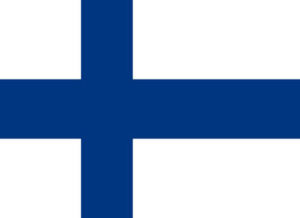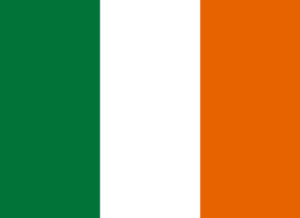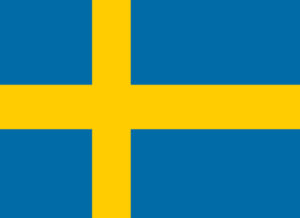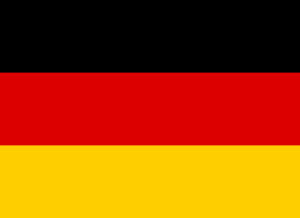Case Studies
Latest research and case studies compiled on the “Local Energy Communities” project.

Case study report for Finland: Centria University of Applied Sciences. - Larsmo Vindkraft Ab
Larsmo Vindkraft Oy was founded in 2001 by a few private individuals from the Larsmo area, which is located near Kokkola in western Finland. The goal was to gather founds for wind measurements and eventually to build a Wind Power plant in the Larsmo region. The idea originally came from a local resident Lars-Erik Östman, a forest engineer who is interested in sustainability issues and renewable energy.

Case study report for Finland: Centria University of Applied Sciences - Lohtaja Cooperative
In the beginning of the 21st century, there were plenty of potential heating customers in Finland’s rural village communities. Suitable targets included community residential areas, municipal buildings, and industrial buildings with outdated heating systems, in many cases oil-heated. These outdated heating systems combined with the rising oil price relative to woodchips, fueled the emergence of energy cooperatives

Case study report for Ireland: The Erris Community: Becoming an Sustainable Energy Community - WESTERN DEVELOPMENT COMMISSION
The chosen case study is the Sustainable Energy Community in Erris, Co Mayo. They started their energy transition in 2014 with both energy efficiency upgrades and renewable energy installations. This case study will include details on the process followed by the community, their structure, how they were financed, how their projects developed using the best use of RE resources in their regions and how they are implemented.

Case study report for Ireland: Comharchumann Fuinnimh Oileáin Árann Teoranta
Comharchumann Fuinnimh Oileáin Árann Teoranta (CFOAT or Aran Island Energy Co-Op) is a community based, not-for-profit Energy Cooperative representing the 3 Aran Islands, County Galway. CFOAT has just under 100 shareholders as of January 2019 and 12 elected directors. It has a manager who is full-time employed. Its aims are to drive the transition on the Aran Islands to carbon neutrality.

Case study report for Sweden: District heating energy plant, Jokkmokk municipality
Jokkmokk municipality has about 5,000 inhabitants on an area of 19,334 km² and is situated in the inland of Norrbotten, Northern Sweden, at the Arctic Circle. Jokkmokk is a Swedish Eco-Municipality and a signatory of the EU Covenant of Mayors. It has developed its Sustainable Energy Action Plan and is committed to reduce its greenhouse gas emissions by at least 20% until 2020, compared to 2005.

Case study report for Sweden: Waste Water Heat Pump, Vilhelmina municipality
Vilhelmina is the largest municipality in Västerbotten County when it comes to the area (8795 km2). The number of inhabitants is about 6,800. More than half of the population lives in or near the main community Vilhelmina and the other half lives across a very large geographic area in many small and medium sized villages. Ensuring a cost-efficient and reliable municipal service even in the smaller communities is important.

Case study report for Germany: Outdoor-pool society of Dingden
In Dingden, a district of the city of Hamminkeln (27,000 inhabitants) a citizens’ volunteer initiative found to support the public outdoor-pool’s operation now uses public rooftops for solar PV. The electricity sales revenue allows the society to financially support the municipality in order to maintain the pool’s conditions. The outdoor-pool society of Dingden (Freibad-Verein Dingden e.V.) has 3,100 members (as of March 2019) and was found in 2000..

Case study report for Germany: Energy Cooperative Kappel
Kappel is a 470-inhabitant village in the state of Rhineland-Palatinate, Germany. The local energy cooperative (Energiegenossenschaft Kappel eG) operates a district heating network based on local bioenergy. As of end 2018, the Energiegenossenschaft Kappel eG has about 100 members who are also shareholders. The three board members and five members of the supervisory board are elected by the general assembly.
